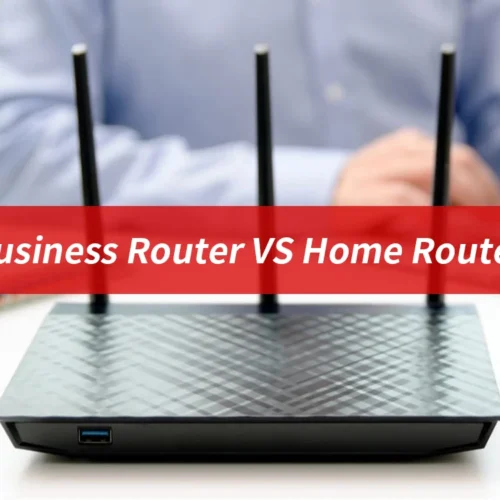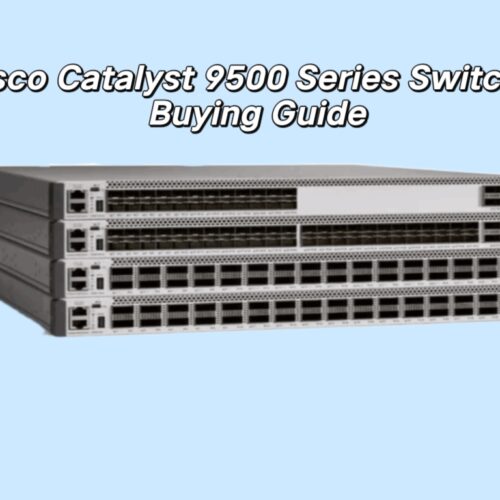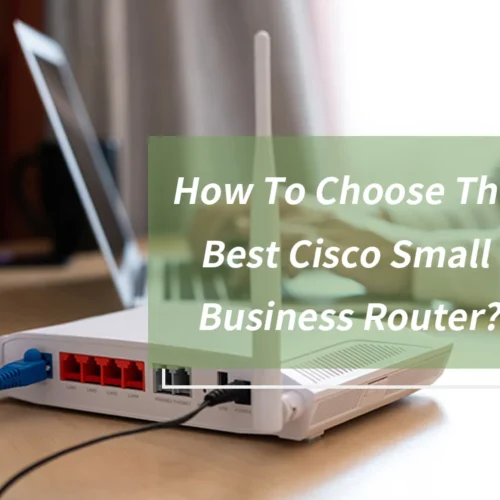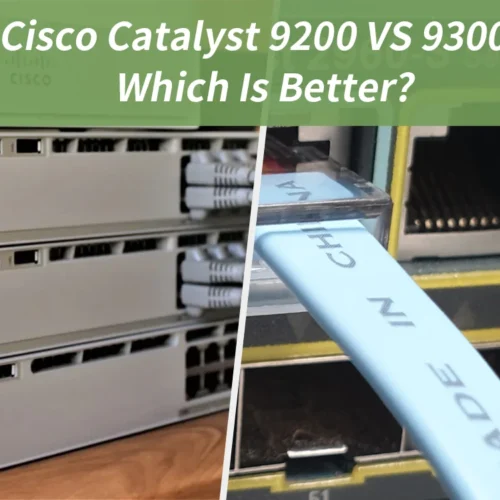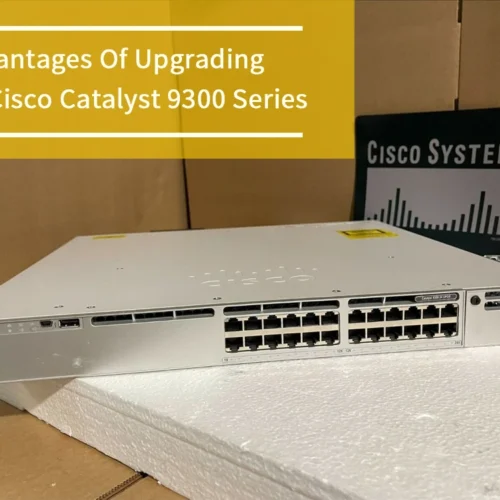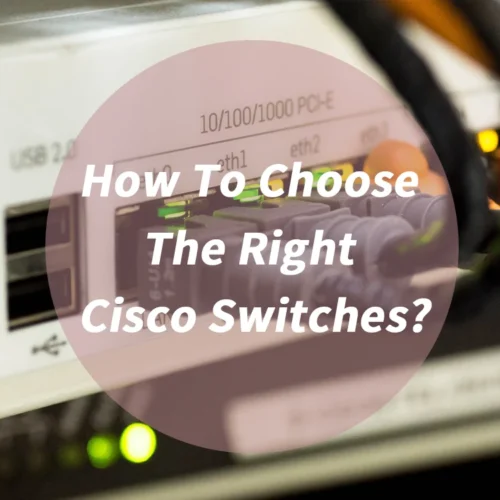Introduction:
A core switch and an access switch are two essential network infrastructure components. Each switch has specific features and capabilities that make it best suited for its intended purpose. In this article, we’ll discuss the differences between core switch VS access switch and how they can be used together to create a robust network infrastructure.
What is a Core Switch?

A core switch is a high-performance switch designed to provide the backbone of a network. It is also responsible for connecting multiple access switches and providing access to the internet. Core switches are used in enterprise networks to create a high-speed, reliable, and secure network. They provide high-speed connectivity between various network devices and enable network administrators to manage and control the network. A core switch is usually a large and powerful device that carries much traffic and data. Core switches provide high-performance, high-bandwidth services typically used in high-end and mission-critical networks. A network administrator typically manages a network core switch and is responsible for routing and switching packets, managing Quality of Service (QoS), and providing security features.
What is an Access Switch?
An access switch is a network switch used to provide network access to individual users or computers. It is typically used in the first layer of the network, connecting end users to a larger network. Access switches are also known as edge switches, and they are used to forward and filter data at the edge of the network. A network access switch is a physical device that connects network nodes. It is responsible for forwarding data packets between nodes. It is the gateway between an end user and the rest of the network, usually located at its edge. Access switches are the main point of entry into a network, providing users with access to the resources needed. Access switch in networking is designed to be easy to use and configure, and they often include features such as VLANs, port security, and Quality of Service (QoS).
Differences Between Core Switch VS Access Switch

Core switch VS access switch are two types of computer networking switches. They connect computers, printers, and other devices to create a local area network (LAN) or wide area network (WAN). The main difference between an access switch VS core switch is the purpose they serve within a network.
Core switches are used in the backbone of a network. It connects multiple switches and routers to create the backbone of a network. They are typically used in larger networks and are designed for high speed and high availability.
A network core switch is usually more expensive than an access layer switch. It offers layer three routing and virtual local area network (VLAN) support.
On the other hand, access switches connect computers, printers, and other devices to the core switch. They are typically used in smaller networks and designed for lower speed and availability. Access switch in networking is usually cheaper than core switches. Features like layer two switchings and Quality of Service (QoS) are offered.
Factors to consider when choosing between core switches and access switches

1. Number of Ports
Consider the number of ports available on the switch and the number of ports needed for your network. Core switches typically have a higher port density and are better suited for larger networks. Access switches typically have fewer ports and are better suited for smaller networks.
2. Cost
Consider the cost of the switch. Core switches are typically more expensive than access switches due to their higher port density and more robust features.
3. Features
Consider the features available on the switch. Core switches typically have more extensive features than access switches, such as advanced routing protocols and traffic management capabilities.
4. Network Topology
Consider the current and future network topology. Core switches are typically used in larger networks with multiple subnets, while access switches are typically used in smaller networks with fewer subnets.
5. Quality of Service
Consider the quality of service requirements of your network. Core switches typically support more advanced QoS features than access switches.
6. Security
Consider the security requirements of your network. Core switches typically support more advanced security features than access switches.
Conclusion:
Core switches and access switches are essential for a successful network infrastructure. Each has unique benefits and drawbacks. Core switches offer higher performance and better scalability. It provides more reliable connections for larger networks. Access switches are less expensive and easier to manage, making them ideal for smaller networks. Ultimately, the decision of which type of switch to use depends on the size and complexity of the network. Core switch VS access switch plays a vital role in any network infrastructure. They should be carefully considered when selecting the right switch. By understanding the differences between core switch VS access switch, organizations can make informed decisions and design the best possible network for their needs.


